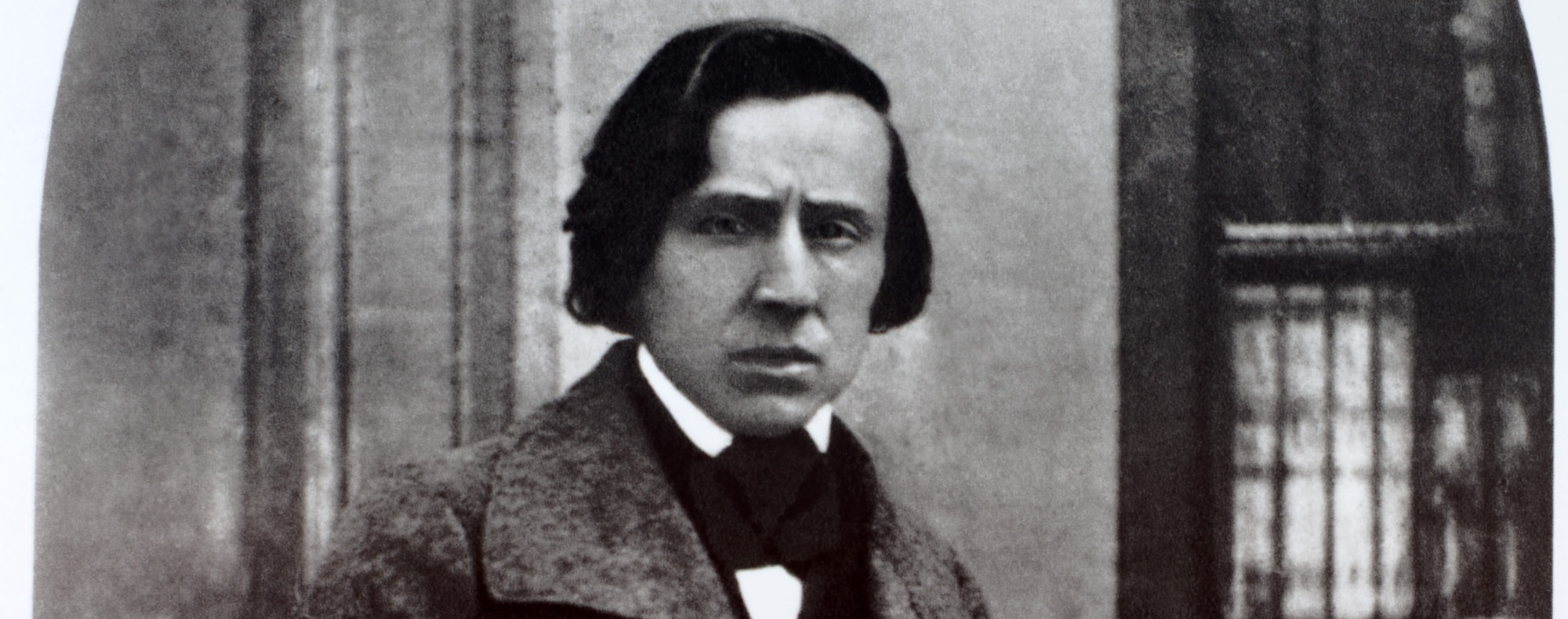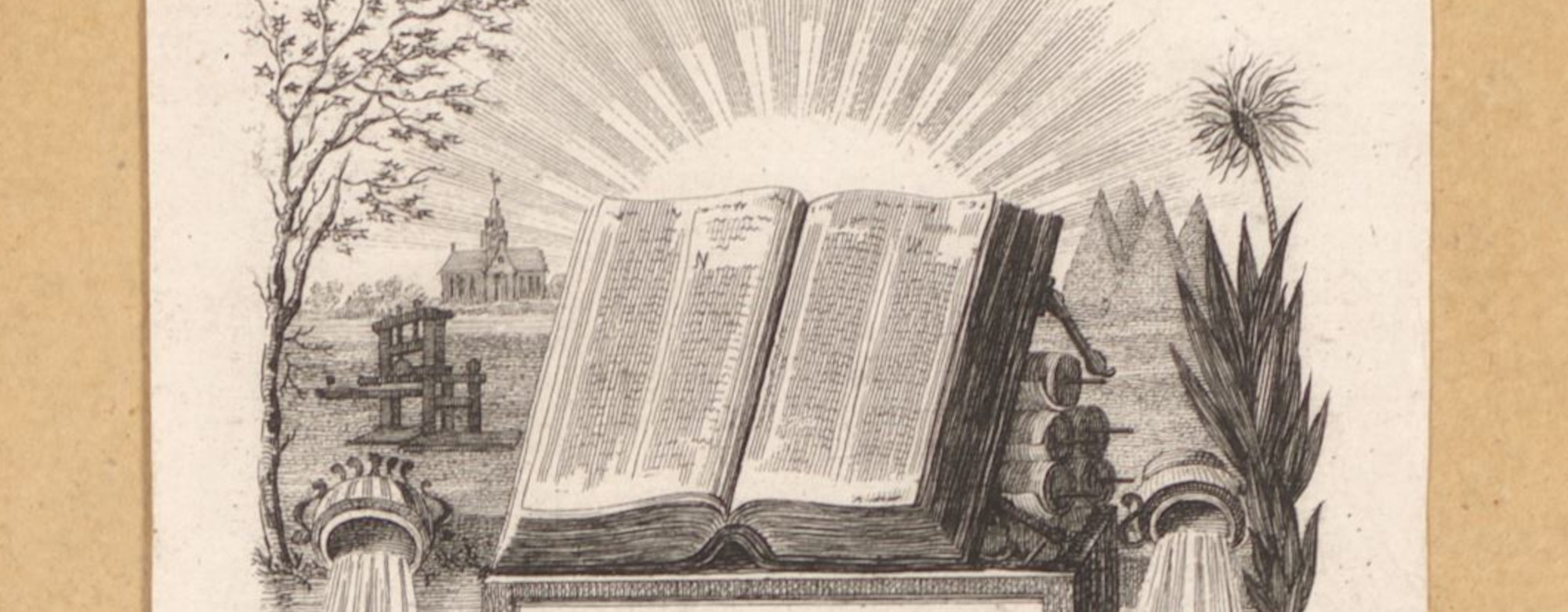The article was written by Marcin Serafin, the head of public policy team in Centrum Cyfrowe.
The Poles and French will probably fight for the next few centuries over whether Frederic (or Fryderyk) Chopin was of Polish or French nationality. Both nations view Chopin as a national treasure, and preserve his memory and heritage. And there is no doubt that in both countries copyrights to his work have expired. Contrary to the case of Little Prince, there is absolutely no doubt about this, as Chopin died almost 170 years ago. This is why we were shocked to learn that the National Institute of Fryderyk Chopin (NIFC) not only issued an ordinance protecting his name and public image, but also filed an application to register two trademarks with the European Union Intellectual Property Office (EUIPO) for all possible classes of products and services using the word “Chopin”. With that, no more “Chopin Hotels”, “Chopin chocolates”, composition of flowers named “Chopin bouquet” or any other product without a license, is possible.
First, let’s understand the facts. The EUIPO database holds 26 trademarks and 4 designs (some registered, some refused or rejected) with the “Chopin” element. Two of the trademarks have been filed on behalf of the NIFC for a wide variety of products and services. Also, NIFC has drafted a long list of terms and conditions users will need to agree to in order be able to use their Chopin trademark. Applications are reviewed by a board and if approve – the licensing fees are imposed. The board sets the rules to which a license may be obtained for use of the trademark. There are 8 applicable licensed uses, including “music with patriotic messaging”, “European high culture”, “high esthetical value”, and “mastership or highest quality.”
NIFC is quite clear on the rationale standing behind these procedures. It states in the preamble to the Ordinance (essentially, the “terms of use”) that it is leveraging the “possibilities created by law” to protect the name and public image of Chopin. It is also stated that the use of Chopin’s name and public image should build positive associations, and that any depreciation of Chopin’s heritage should be avoided. We ask a the relevant question: should exclusive intellectual property rights be used by public entities as a tool to protect Chopin? Or should Chopin’s name and image – like his incredible works of music – reside in the public domain for enjoyment and creative re-use by all?

In this case, the NIFC approach shows how the idea of exclusive rights to intellectual property can easily be misunderstood. The traditional rationale behind intellectual property rights is that they can give to authors—for a limited time—exclusive rights to the economic interests in their creative works. IPRs are not meant to be used to control—from a moral or historical point of view—access to and use of creative works. Intellectual property rights should not permit rightsholder to dictate whether or how their creative works can be used in society, such as the naming of products after a famous composer like Chopin. Instead, there are alternative legal mechanisms that regulate this type of activity, such as personality rights. It would be improper to permit a governmental institution to control the name or likeness of a long-dead person (no matter how famous) through the application of intellectual property rights.
Our goal with this post is not to argue that any type of limitation on the use of public domain works (or their authors) is improper. For example, specific legal instruments such as moral rights can be appropriate if defined clearly in the law. However, government bodies shouldn’t be tempted to flex the muscle of the IPR system to control the types of uses of Chopin’s name and legacy.
The ongoing debate about how to portray Chopin has an important element in common with the current discussion over the freedom of panorama and limitations and exceptions to copyright: they urge us to contemplate the scope of freedoms available to us in our society. Our experience has shown us that there corporations, interest groups, and individuals who continue to restrict access to information and decrease civic and cultural freedoms by attempting to leverage the sharp blade of IPRs. We need to remain vigilant in our defense of the public domain.

